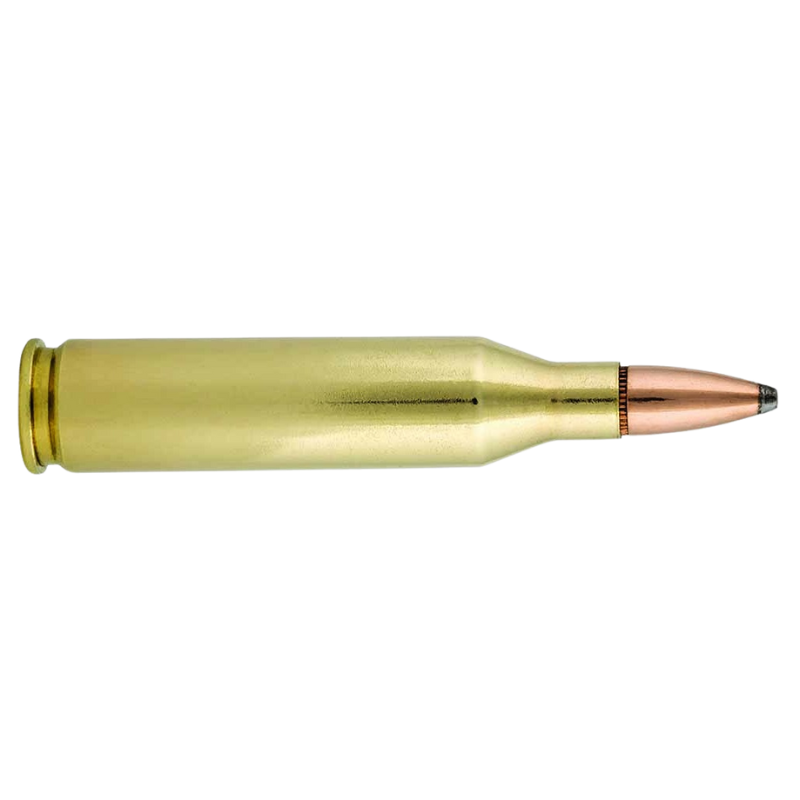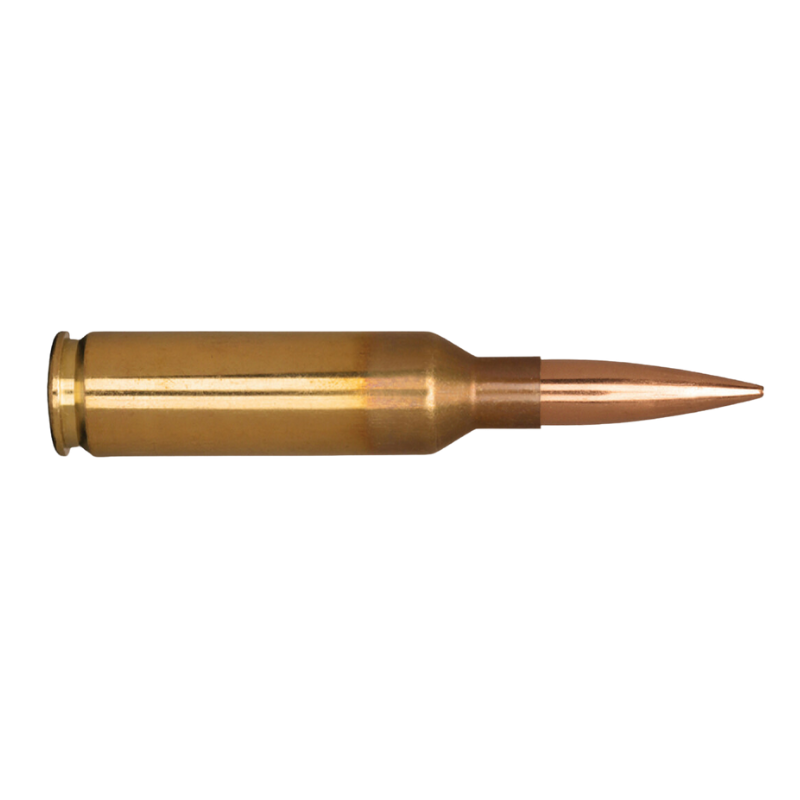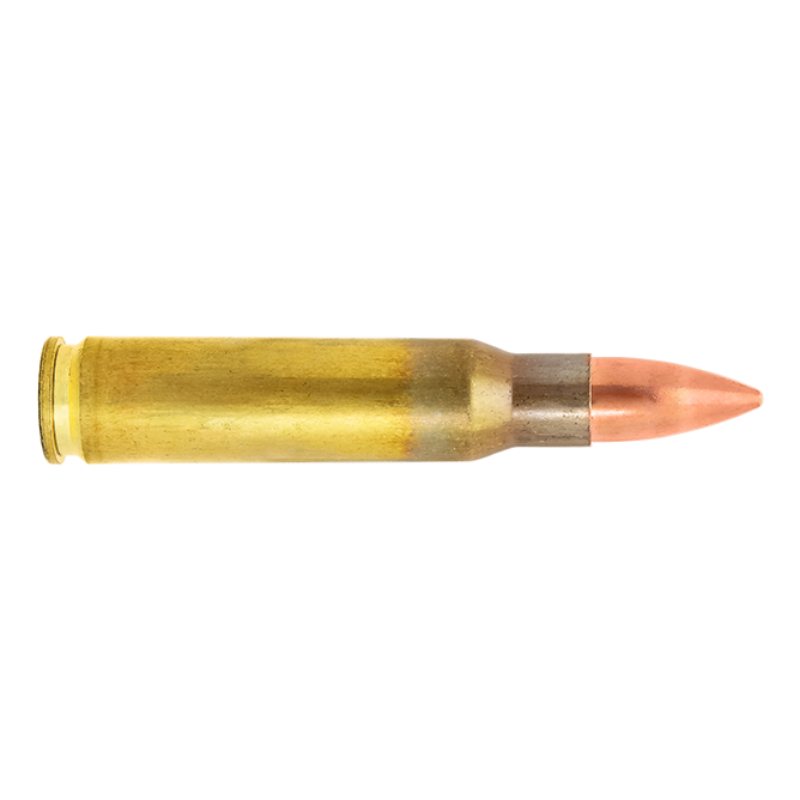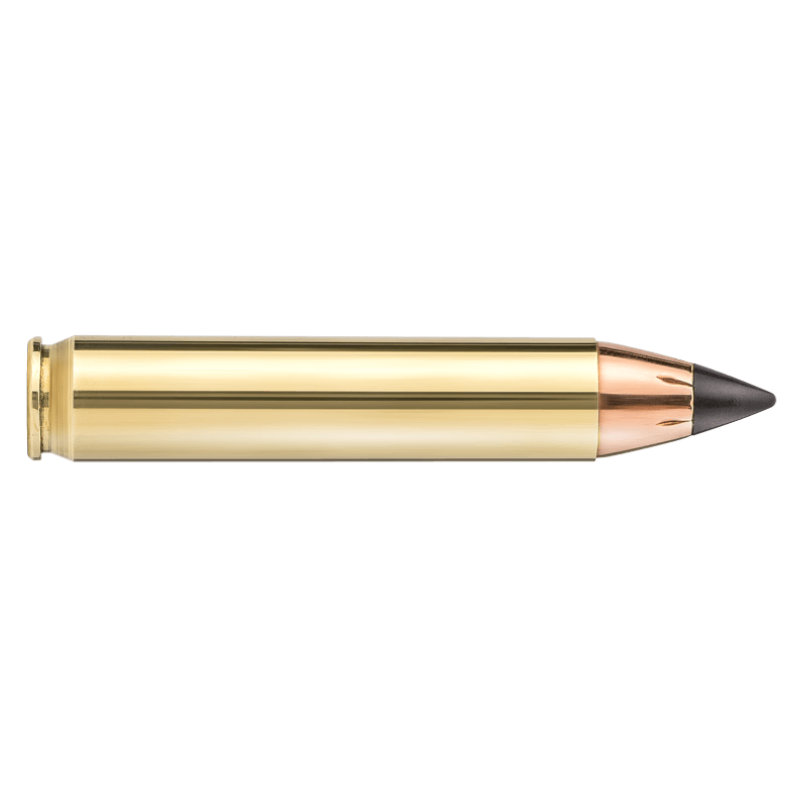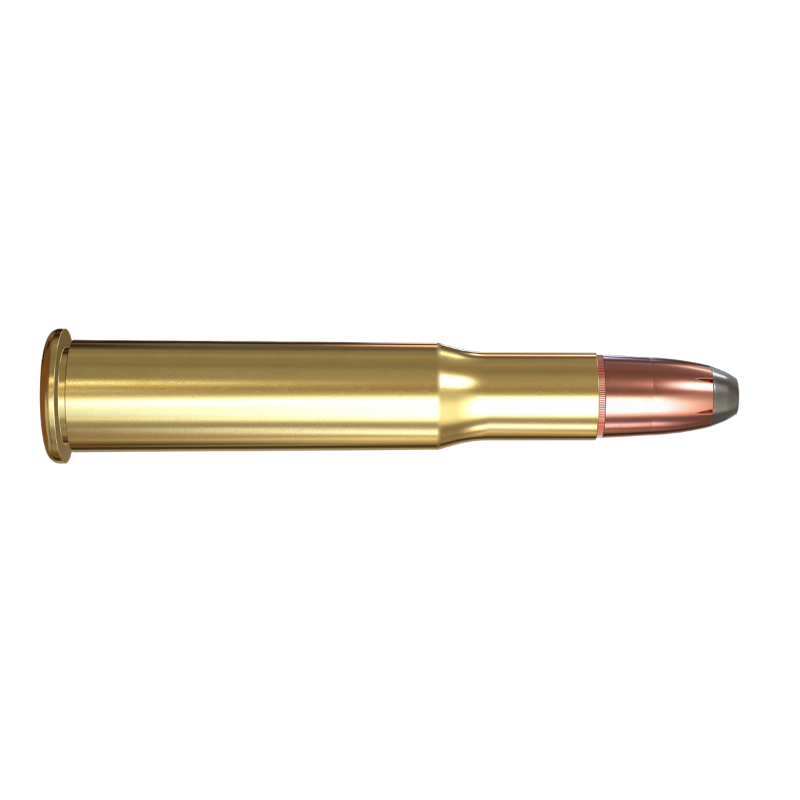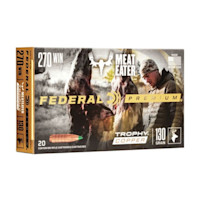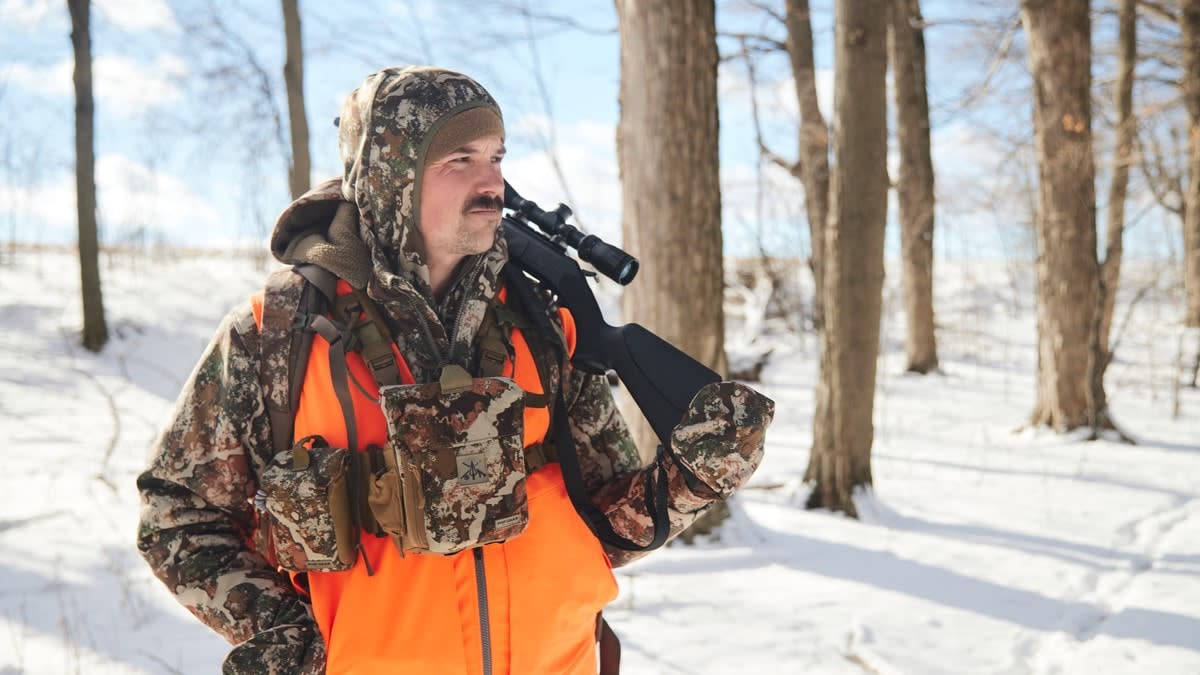
Here’s the truth about these "best of" articles: the only honest answer is, "It depends." Are these cartridges really the best deer-killing cartridges in existence? It depends.
It depends on where you’re hunting, your experience with firearms, what rifles you already own, how much money you can spend, how sensitive you are to recoil, and how much weight you’re willing to carry.
The best cartridge for you might not be on this list. But to increase our odds of success, I’ve categorized each of these choices according to different hunting needs. If you can determine where you fit, you’ll have at least one solid option if you’re looking for your first (or second or third) deer gun.
Jump to: The Deer Calibers We Recommend
What We Look for in a Good Deer Caliber
Most rifle cartridges can kill a deer, but you might as well maximize your odds of success by using these criteria to pick the best one.
- Sufficient Knockdown Power
- Manageable Recoil
- Relatively Common and Inexpensive
- You Already Own It
We’re looking for a cartridge with enough power to root the animal to the spot with a well-placed shot but not so much power to leave your shoulder sore. In addition, to increase your hunting opportunities, it’s good to pick a cartridge that’s cheap and easy to find–and here’s a hot tip: the easiest and cheapest cartridges to find are the ones you already own.
Jump to: What Makes a Good Deer Caliber
The Deer Calibers We Recommend
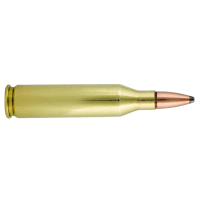 .243 Win.
|
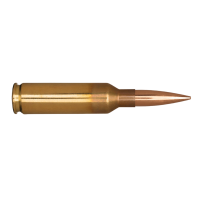 6.5 PRC
|
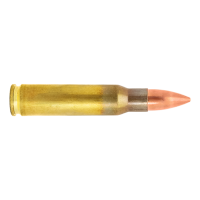 .308 Win.
|
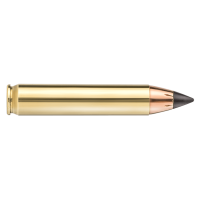 350 Legend
|
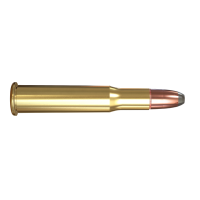 .30-30 Win.
|
|
|---|---|---|---|---|---|
| Highlight | For the Recoil-Sensitive | For the Long-Range Hunter | For the Budget Conscious | For the Straight-Wall Hunter | For the Close-Range Hunter |
| Muzzle Velocity (fps) | 3200 | 3050 | 2700 | 2300 | 2300 |
| Muzzle Energy (ft.-lbs.) | 1933 | 2478 | 2671 | 1879 | 1762 |
| Drop at 300 Yards (in.) | 9.8 | 10.5 | 15.1 | 26.6 | 29 |
| Recoil (ft.-lbs.) | 7-11 | 15-18 | 15-18 | 8-10 | 9-12 |
| Other Options | .223 Remington, .30-30 Winchester, .257 Roberts | 6.5 Creedmoor, .270 Winchester, 7mm Remington Magnum | .223 Remington, .30-30 Winchester, .30-06 Springfield | .450 Bushmaster, .45-70 Govt., .44 Remington Magnum | .35 Remington, .300 Blackout, .357 Magnum |
| Field Notes | Field Notes | Field Notes | Field Notes | Field Notes |
What Makes a Good Deer Caliber
Sufficient Knockdown Power
Manageable Recoil
Relatively Common and Inexpensive
You Already Own It
"Knockdown power" refers to the energy transferred from the bullet to the animal. Ideally, this energy transfer will cause hydrostatic shock and root the deer to the spot. There’s no guarantee that any cartridge will impart hydrostatic shock, but if you’re going to rifle hunt, you might as well give yourself a short tracking job.
Most sources recommend about 800 ft.-lbs. of bullet energy to hunt deer-sized game (that’s bullet energy when it hits the animal, not when it comes out of the muzzle). Adhering to this rule of thumb will indeed give you a great shot at killing a deer, but remember: energy transfer depends on both bullet speed and construction. A hardcast bullet might be traveling the same speed as an expanding bullet when it hits the animal, but the latter will zip right through while the former will dump the energy into the animal and incapacitate it more quickly.
All that to say: if you pick a cartridge that hits with 800 ft-lbs. of energy with a good hunting bullet, you’ll put yourself in a great spot to harvest some venison.
Whenever someone asks me to recommend a deer cartridge, I always recommend something with good balance–meaning, a cartridge that balances power and recoil. The fact is, you don’t need a magnum cartridge to hunt deer. The deer will be just as dead with a mid-power cartridge, but your shoulder will feel better, you won’t develop a flinch, you’ll be able to practice longer at the range, and you can more comfortably fire from awkward field positions. For all these reasons, choosing a cartridge with less than 20 ft.-lbs. of recoil is, in my opinion, the best way to go.
If you’re a fan of bougie hunting cartridges and want a good conversation starter at deer camp, go for an uncommon caliber. But if you’re a new deer hunter or on a budget, pick something you can find at any gun store and won’t cost you more than $40 for a box of 20. Most of the cartridges on this list fall into that category.
Your firearm should never get between you and the field, especially not the deer woods. If you’re a gun owner who wants to start hunting America’s most popular big game animal, take stock of the rifles you already own. Chances are, one of them will work just fine.
Field Notes
For the Recoil-Sensitive
There’s a reason the .243 Winchester has taken down more youth-season whitetails than (probably) any other cartridge. The .243 throws bullets in the 70- to 100-grain range a very respectable 3,000 feet-per-second. That’s enough power to take down a whitetail in a hurry, but in most deer guns, recoil is still extremely manageable. Of the cartridges on this list, only the .30-30 Winchester can boast comparably low recoil, making the .243 a great choice if you’ve managed to develop a flinch (or just don’t like shoulder pain).
Our Pick: 85-Grain Marksman Hunter .243 Win.
- Muzzle Velocity: 3,200 fps
- Muzzle Energy: 1932 ft.-lbs.
- Drop at 300 Yards: 9.8 inches
- Recoil: 7 to 11 ft.-lbs.
- Other Options: .223 Remington, .30-30 Winchester, .257 Roberts
For the Long-Range Hunter
Everyone wants to play Chris Kyle, but not everyone should. Long-range hunting requires practice, patience, and an intimate knowledge of how your cartridge performs in different conditions. But if you’re willing to put in the work, the 6.5 PRC won’t let you down at long range. The PRC has become a favorite option on the competition circuit, and I’ve always had good success with Hornady’s Precision Hunter line. The 143-grain projectile is traveling nearly 3,000 feet-per-second (fps) at the muzzle and is still traveling over 2,200 fps at 500 yards. With a 200-yard zero, it only drops about 36 inches at that distance and hits with 1,640 foot-pounds (ft.-lbs.) of energy.
Our Pick: 143-Grain Precision Hunter 6.5 PRC
- Muzzle Velocity: 2690 fps
- Muzzle Energy: 2782 ft.-lbs.
- Drop at 300 Yards: 10.7 inches
- Recoil: 15 to 18 ft.-lbs.
- Other Options: 6.5 Creedmoor, .270 Winchester, 7mm Remington Magnum
For the Budget-Conscious
Hunters often forget about cost when selecting a cartridge. That’s understandable if you only purchase one box a year. But if you’re looking to up your game and improve your skill with a rifle, practice ammo can get expensive, fast. This is where the .308 Winchester shines. It’s one of the greatest big-game cartridges of all time, so you won’t have trouble filling your tag when the season rolls around. But during the offseason, you can hone your skills with bulk ammo cheaper than anything else on this list. Midway USA offers 500-round packages for as little as $1.16 per round, and Federal has good soft-point ammo in stock for $1.75 per round.
Our Pick: 165-Grain Marksman Hunter 308 Win.
- Muzzle Velocity: 2700 fps
- Muzzle Energy: 2670 ft.-lbs.
- Drop at 300 Yards: 15.1 inches
- Recoil: 15 to 18 ft.-lbs.
- Other Options: .223 Remington, .30-30 Winchester, .350 Legend
For the Straight-Wall Hunter
In some states (or portions of states), whitetail hunting has traditionally only been permitted with smoothbore guns. Lately, however, many of those states have expanded legal means of take to include straight-wall cartridges. If that’s you, the .350 Legend is the way to go. As I explain in more detail here, the .350 Legend balances power, range, recoil, and cost better than any other option on the market. Federal’s Fusion .350 Legend can push a 160-grain projectile 2,300 fps at the muzzle and maintain terminal velocity out to about 250 yards. Plus, recoil is extremely manageable and ammo is inexpensive.
Our Pick: 160-Grain Federal Fusion .350 Legend
- Muzzle Velocity: 2300 fps
- Muzzle Energy: 1879 ft.-lbs.
- Drop at 300 Yards: 26.6 inches
- Recoil: 8 to 10 ft.-lbs.
- Other Options: .450 Bushmaster, .45-70 Govt., .44 Remington Magnum
For the Close-Range Hunter
Long-range hunting gets a lot of press, but I’m willing to bet that the vast majority of whitetail hunters take the vast majority of shots within 150 yards. If that’s the kind of shot you’re looking at this year, you can’t go wrong with the .30-30 Winchester. The .30-30 has been earning its keep in gun safes since your grandfather’s father was using it to bring home whitetails. Most modern loads use a bullet between 150 and 170 grains that scoot along at 2,300 fps, and many of these bullets can take advantage of the latest designs.
Our Pick: 150-Grain HammerDown .30-30 Winchester
- Muzzle Velocity: 2390 fps
- Muzzle Energy: 1902 ft.-lbs.
- Drop at 300 Yards: 23.9 inches
- Recoil: 9 to 12 ft.-lbs.
- Other Options: .35 Remington, .300 Blackout, .357 Magnum

